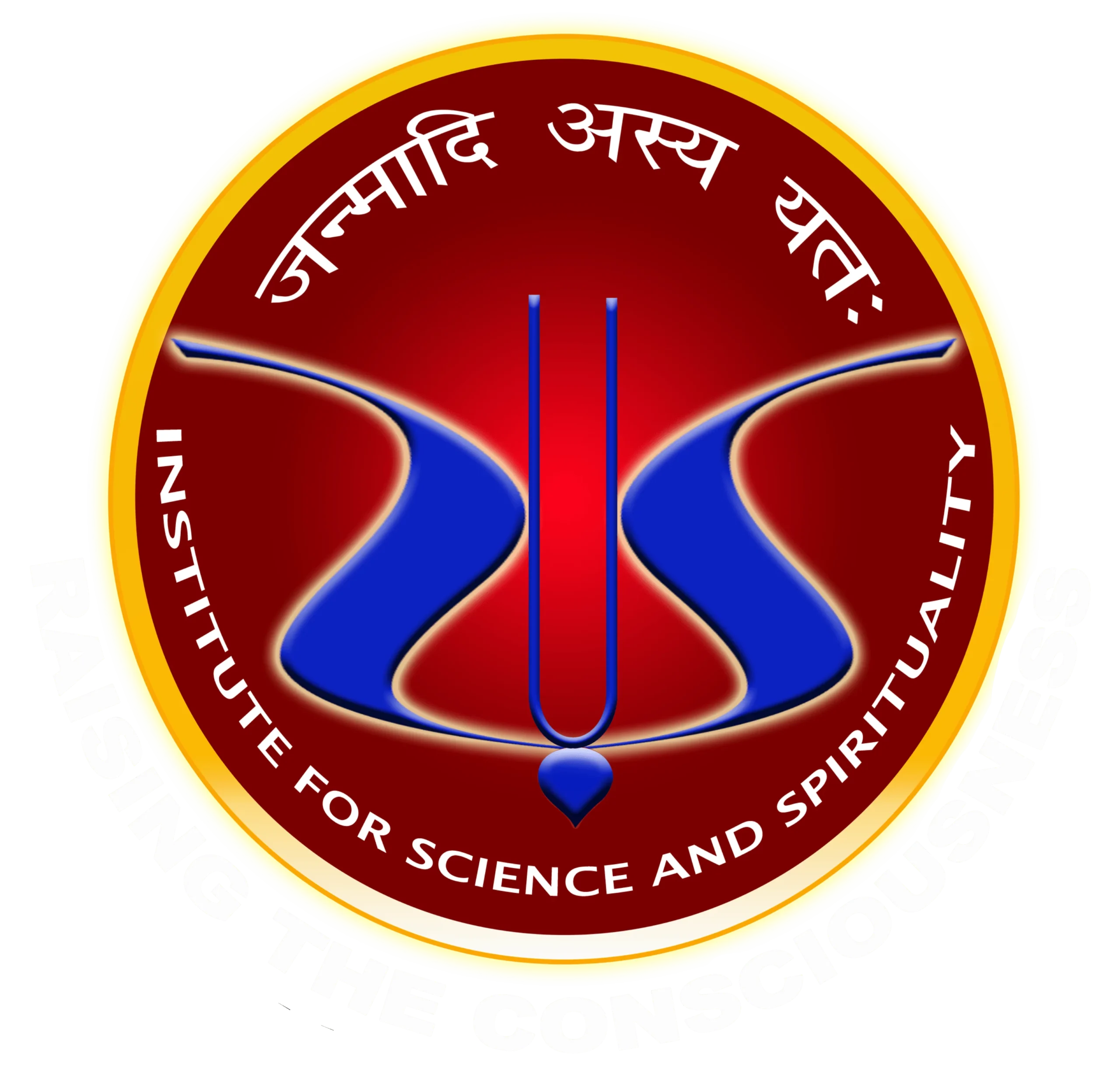Perception
What is Perception?
As our sensory receptors continually gather information from the surroundings, it is the interpretation of this information that shapes our interactions with the world. Perception encompasses the organization, interpretation, and conscious experience of sensory information. It incorporates both bottom-up and top-down processing. Bottom-up processing acknowledges that perceptions are constructed based on sensory input. Conversely, the interpretation of these sensations is influenced by our existing knowledge, experiences, and thoughts, a phenomenon known as top-down processing.
Perception in Modern Science
The neuroscientific basis of perception refers to the study of how the nervous system, particularly the brain, processes and interprets sensory information from the environment. Perception involves the organization and interpretation of sensory inputs, such as visual, auditory, olfactory, gustatory, and tactile stimuli. Neuroscientists explore the intricate neural processes that underlie our ability to perceive and make sense of the world around us.
Key components of the neuroscientific basis of perception include sensory receptors, neural pathways, and various brain regions dedicated to specific aspects of perception. Sensory receptors detect external stimuli and convert them into electrical signals, which are then transmitted through neural pathways to specific areas of the brain for processing. Different sensory modalities are associated with distinct brain regions; for example, the visual cortex is responsible for processing visual information, while the auditory cortex handles auditory stimuli.
Neuroplasticity, the brain's ability to reorganize itself in response to experience, plays a crucial role in shaping perception. Through learning and repeated exposure, neural connections are strengthened or weakened, influencing how the brain processes and interprets sensory information. Additionally, top-down processing, which involves higher-level cognitive factors like expectations, attention, and memory, also contributes to the neuroscientific basis of perception. However, the fundamental question related to how neural percept translates to subjective or phenomenonal awareness points to the hard problem of consciousness.
According to Alan Saks and Gary Johns, there are three components to perception: the perceiver, the target, and the environment. It is important to see when one of these is obstructed, whether brain can lead to similar percept in some certain cases. Our current endeavours are focused on a so-called tacto-visual perception wherein the subjects are blind-folded and yet, they are able to have close to normal visual perception. We are looking for cognitive bio-markers for such a case.
Perception in Sāṅkhya
In Sāṅkhya philosophy, Tanmātras are subtle elements representing the primordial essences of the five gross elements—Ākāśa (space), Vāyu (air), Tejas (fire), Jala (water), and Pṛthvī (earth). The pañca-mahābhūtas are not to be confused with their literal meanings. They represent the abstract space that holds the corresponding Tanmātras. These Tanmātras serve as the foundational components of the material world, existing in a refined state before manifesting as the gross elements. The five Tanmātras are Śabda (Sound), Sparśa (Touch), Rūpa (Form), Rasa (Taste), and Gandha (Smell), corresponding to the senses of hearing, touch, sight, taste, and smell, respectively. According to Sāṅkhya, the interplay of these Tanmātras with the senses, mind, and intellect results in the perception of the external world. For instance, the Tanmātra of Śabda interacts with the sense of hearing and the mind, giving rise to the perception of sound.

